Even if you are a very careful driver, over time, clutch parts wear out. If the clutch in your car is slipping when the engine is at high RPMs, then this could be a symptom of a nearly worn-out clutch.
As a general rule, a clutch slipping at high RPM means that the friction material on the clutch plate is nearly worn away. The reason it is more likely to slip at high RPM is because the flywheel is spinning faster than at low RPMs. This makes it more difficult for the clutch plate to grip the flywheel and can result in clutch slippage.
Clutch slippage can also be caused by problems with other parts of the clutch set-up. Other common clutch problems include release bearing failure, damage to the flywheel such as warping or cracking and a sticky pressure plate.
4 Reasons your clutch is slipping at high RPM
To understand why a clutch can slip at when the flywheel is going fast, we need to understand how a clutch works.
Here is a short video that explains in simple terms how a clutch works.
This clutch plate is attached to the end of the gearbox linkage and is sandwiched between the flywheel and pressure plate. The outer surface of both sides of the clutch disc is covered in a friction material and it is this material that makes contact with the pressure plate and flywheel when the clutch pedal is released.
When the friction material wears down this will make it more difficult for the clutch plate to engage smoothly with the spinning flywheel.
Clutch plates rarely wear evenly, so as they reach the end of their life, gear changing will become increasingly difficult and will feel rough, especially when the gearbox and clutch are cold.
Here are some of the most common reasons why a clutch will slip at high RPM.
1. A Badly Worn Clutch Plate
As explained above, one of the most common reasons for clutch slippage is a worn clutch plate. A worn clutch plate is one whose friction material is nearly worn down to the metal backing plate, much like a worn brake pad.
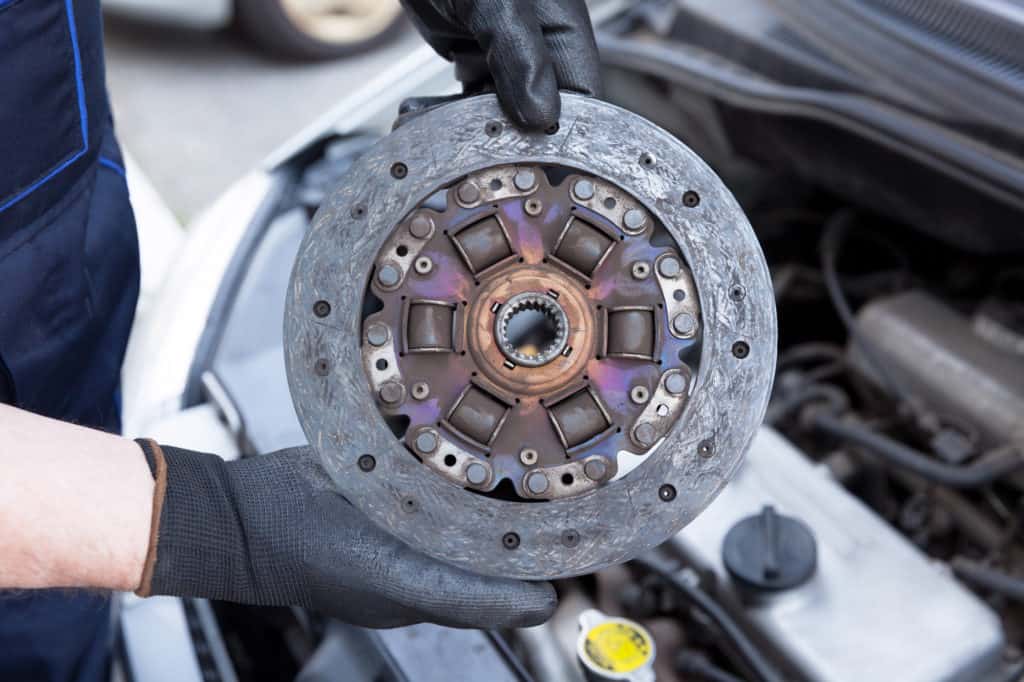
When new, the friction material on a clutch plate should measure between 7 and 10 mm in thickness. A clutch plate should still work properly down to approximately 2mm in thickness, assuming it is wearing evenly. In some cases, the friction material can wear away completely, leaving exposed rivets that can damage the flywheel if the plate is not changed.
2. A Damaged Flywheel
Another common reason for clutch slippage, especially at high speeds is a damaged or warped flywheel.
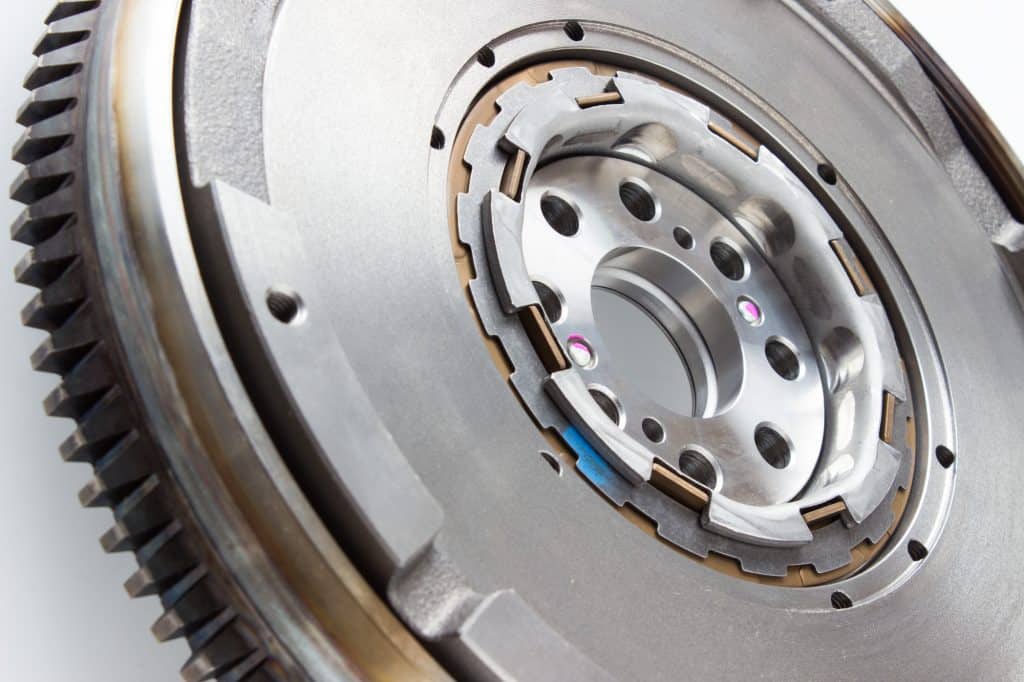
The clutch flywheel is connected directly to the engine crankshaft. Its job is to transfer the power of the engine to the pressure plate, via the clutch disc.
It also stores rotational energy that helps to keep the engine running and acts as a weight that stabilizes the crankshaft as it rotates.
The flywheel always rotates at the same speed of the engine. When you disengage the clutch by pressing on the clutch pedal, this separates the clutch plate surface from the flywheel surface.
A bad flywheel can exhibit a few common symptoms such as clutch slippage (often at high speeds and high engine RPMs), a vibration in the clutch pedal, difficulty in changing gears along with burning smells and rattling noises from the gearbox.
A damaged flywheel will often have a worn surface that can be glazed or have pitting caused by a worn clutch plate that has not been replaced on time. Sometimes a flywheel will develop small cracks on it’s surface caused by the extreme heat generated by a slipping clutch.
Many modern cars are fitted with a dual mass flywheel, that can help increase fuel efficiency and can reduce engine vibration. They are often found in diesel cars. Dual mass flywheels often fail when the inner springs holding them together become worn or break. This can also cause clutch slippage, that is especially bad when the crankshaft is rotating at high RPMs.
3. A Bad Clutch Release Bearing
A bad clutch release bearing can also cause clutch slippage. The release bearing controls the operation of the clutch by controlling the movement of the pressure plate. On most modern clutches, a hydraulic system is used to operate the clutch.
When the clutch pedal is pressed, hydraulic fluid is compressed using a master cylinder that operated a slave cylinder located on the clutch plate. This causes the release bearing (also called the release arm) to move, allowing the lutch diaphragm spring to expand thus releasing the pressure on the pressure plate and clutch disc.
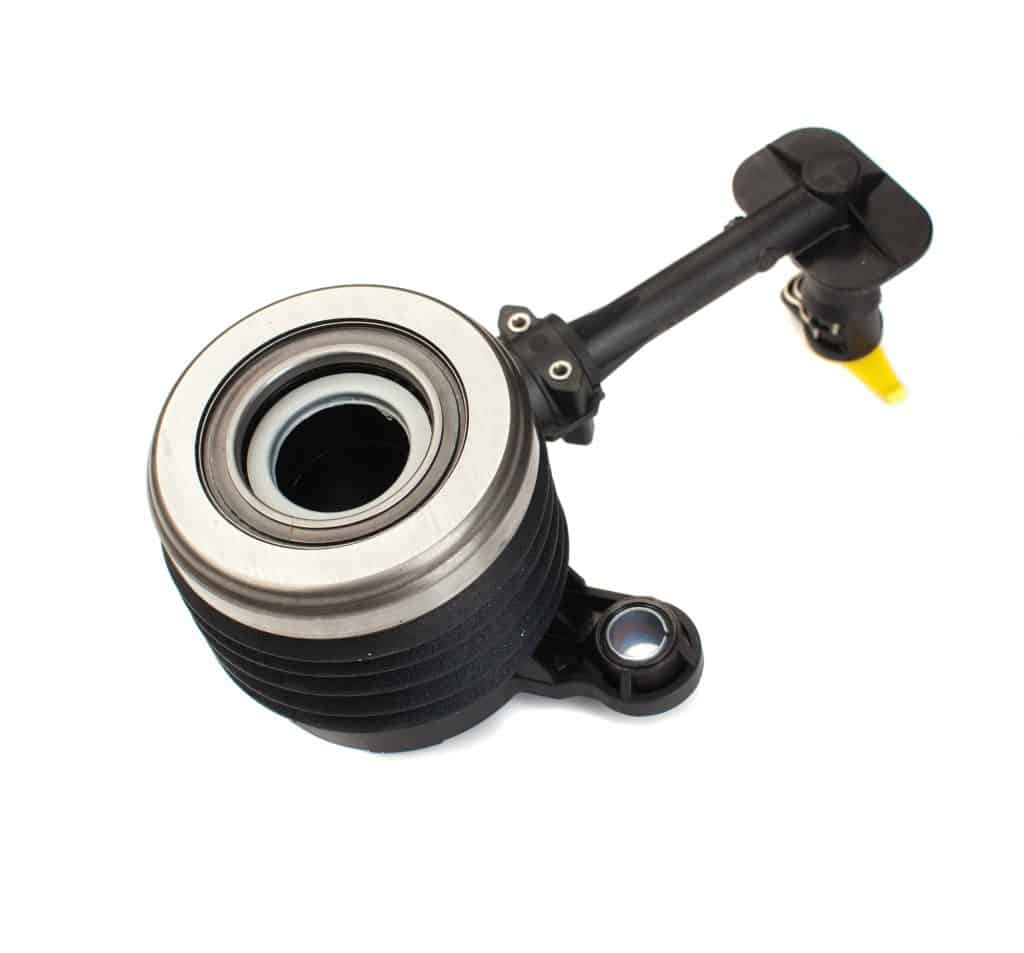
Clutch release bearings can wear out over time for no apparent reason. Sometimes the inner bearings can wear because of lubricant loss. Sometimes the wear can be caused by excessive pressure on the release bearing caused by a worn clutch pressure plate, a worn clutch plate or an over-adjusted clutch fork.
4. Oil Or Grease Leakage Onto The Clutch Plate Surface
It’s not uncommon for clutch slippage to be caused by a failed engine seal or another nearby source of leaking grease or oil. Oil on the surface of the clutch plate will cause it to slip and overheat. This will quickly damage the friction material on the clutch plate, and can also damage the flywheel if left unrepaired.
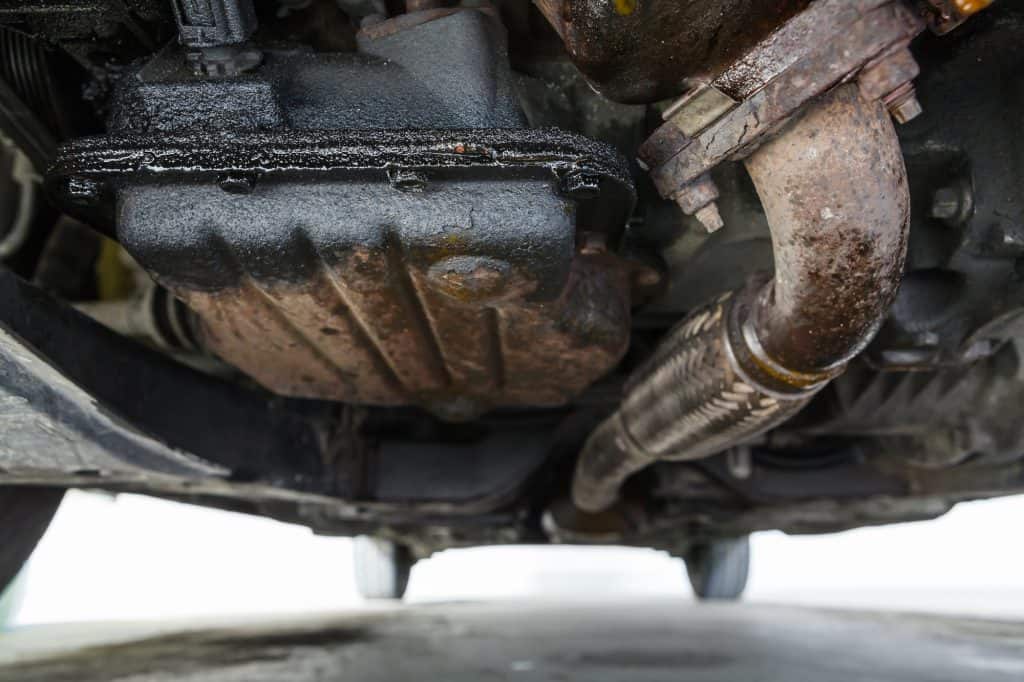
The clutch bell house assembly should be a sealed unit that is protected from outside contaminants that could potentially cause damage to the clutch plate or flywheel surfaces. Unfortunately, this is not always the case.
The most common reason why engine oil or grease can find its way into the clutch is because of a worn crankshaft seal. The crankshaft seal can wear out, become hard and brittle, and can then leak oil out onto the underside of the engine or into the clutch bell house.
Other sources of oil on clutch assembly are gearbox oil leaks, an oil leak from the intake manifold that runs down the back of the engine and oil filter housing leaks.
No matter what the source, you will need to fix the oil leak before replacing the clutch assembly. It’s important to check the condition of the flywheel surface when replacing the clutch plate to ensure it is not damaged and is free from oily deposits.

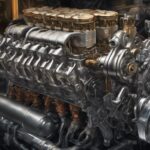


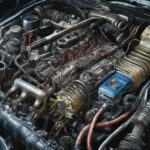
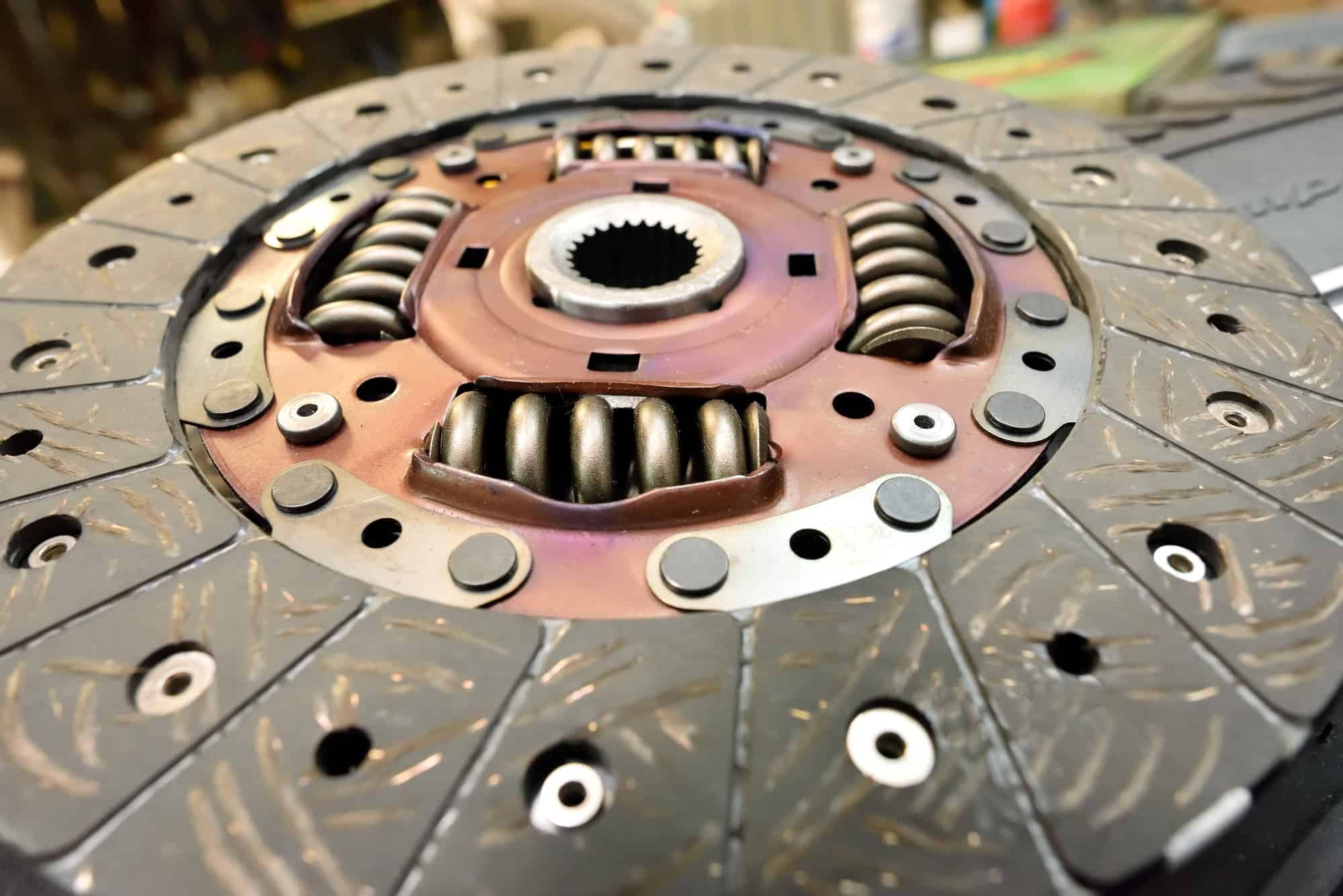

I noticed my car’s clutch is slipping more frequently now, especially when I’m accelerating hard. How do I diagnose the exact cause of this clutch slippage myself before heading to a mechanic?
I’ve recently been experiencing some issues with my car’s clutch, particularly with it slipping when I try to accelerate quickly, which aligns with what you’re describing about clutch slippage at high RPMs. Given the comprehensive reasons you’ve detailed for a slipping clutch, I’m curious about how I might diagnose the specific cause of the slipping in my case. Could you guide me on how to distinguish whether the issue is due to a worn clutch plate versus other problems like a damaged flywheel or oil leaks onto the clutch plate surface?